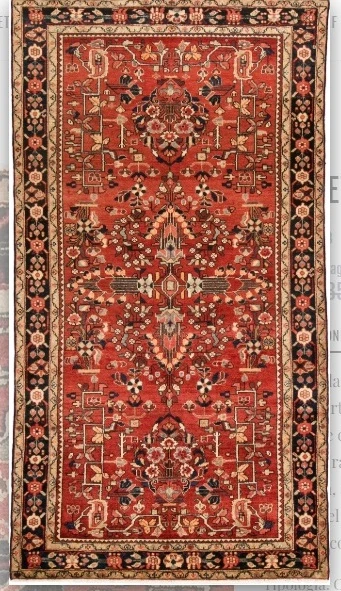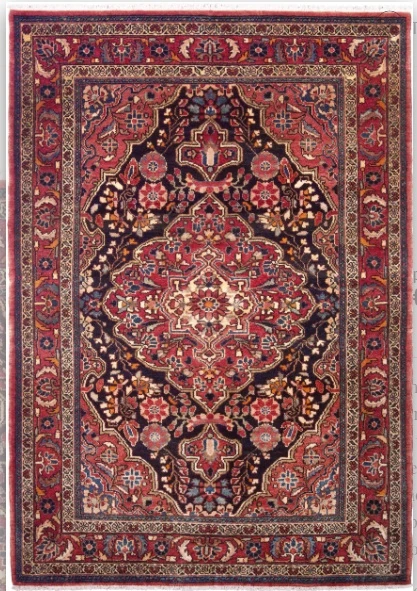Borchalu (Bozchalu) Rug and Carpets
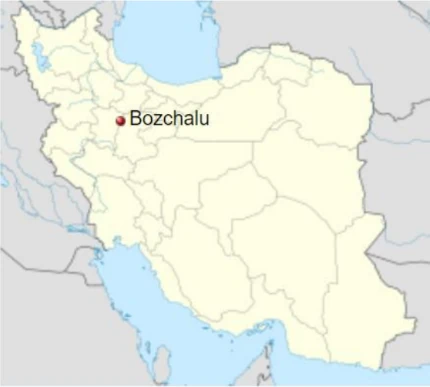
White Mountains of Vafs, home to various Iranian tribes, stand tall between Hamadan and Markazi provinces in Iran (Persia). Vafs area is attributed to Tat people as well as Lurs and some Turkic tribes amongst which Borchalu is well remembered.
Borchalu is an old Turkic clan who had been settled once by Hulagu Khan (reign: 1256-1265) in the northwest of his Ilkhanate of Persia and moved from there to Caucasian territories of the Safavid Empire by Shah Abbas the Great (reign: 1588-1629). Living now a day in Georgia, this group of Borchalues (known as Bordjalou) have their own type of rugs following their Turkic origins of patterns, design and structure.
But those Borchalus who remained in Iran weave rugs similar to their neighboring areas: Persian Herati designs whit Hamadan’s weave structure as well as American Saruq designs influenced by neighboring Farahan and Arak.
Technical aspects and the structure of Borchalu Rugs
Borchalu rugs are mostly woolen piled, single-wefted, and woven with the symmetrical/Turkish knot on cotton warps and wefts. This structure known as Hamadan and because of that Borchalu pieces are categorized as Hamadan.
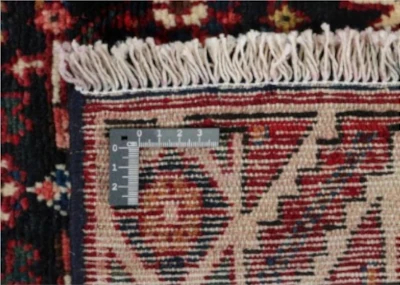

For piling Borchalu weavers use rather thick wool. Neat weave of the area resulted durable antique and semi antique pieces as well as new products. Most sizes are made, including both rug and carpet sizes.
Dyeing and painting of Borchalu rugs
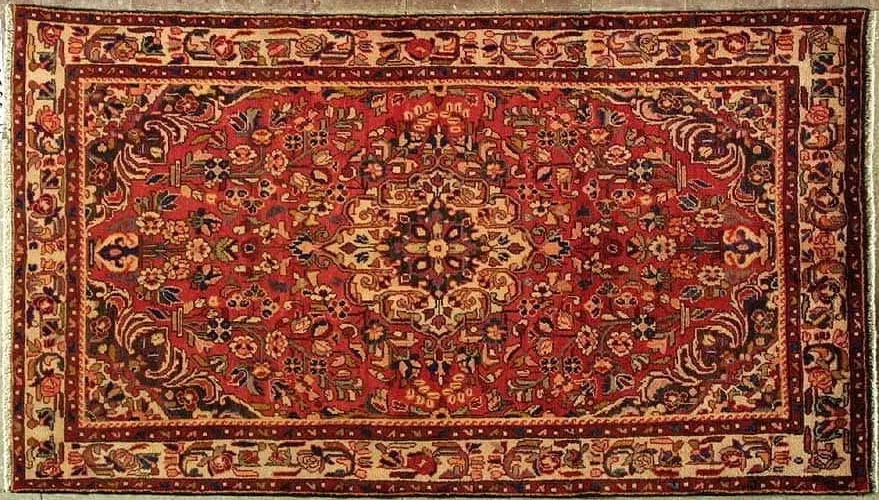
Most Borchalus are on red grounds, but blue and creams are also found. This is true about both Herati (Mahi) and American Saruq disigns.
Madder’ root obtained from Zagros nature brings unique shades of red on Borchalu palette which has reputation for its lighter shades.
Designs and patterns of the Borchalu rugs
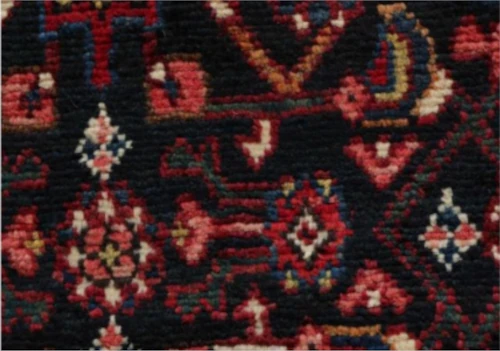
Borchalu villages (Khumajin and Kumbazan) are sources for two groups of designs: American Saruq and traditional Mahi (Herati) with central medallion and corners. Herati or Mahi (fish) is a basic repeating pattern, the general form of which consists of a flower framed in a diamond with curving leaves out of it parallel to each side. Recalling tiny fishes, these curving leaves have been called ‘mahi’ most probably by weavers and merchants.
American Saruqs have been named after a western company that established weaving workshops around Arak. Their floral patterns influenced the area in the late 19th century. Such designs have also central medallions surrounded by wavering sprays of flowers.



